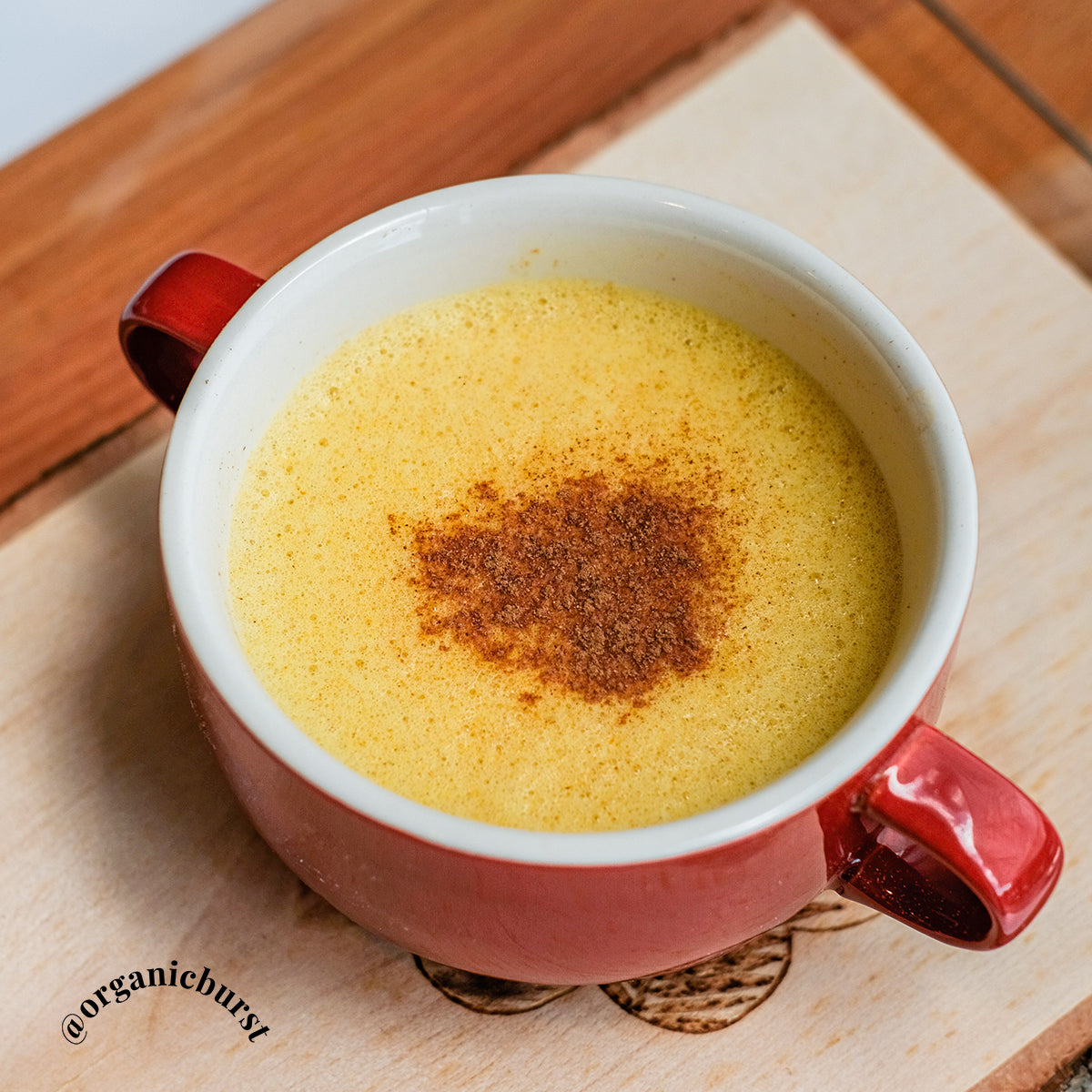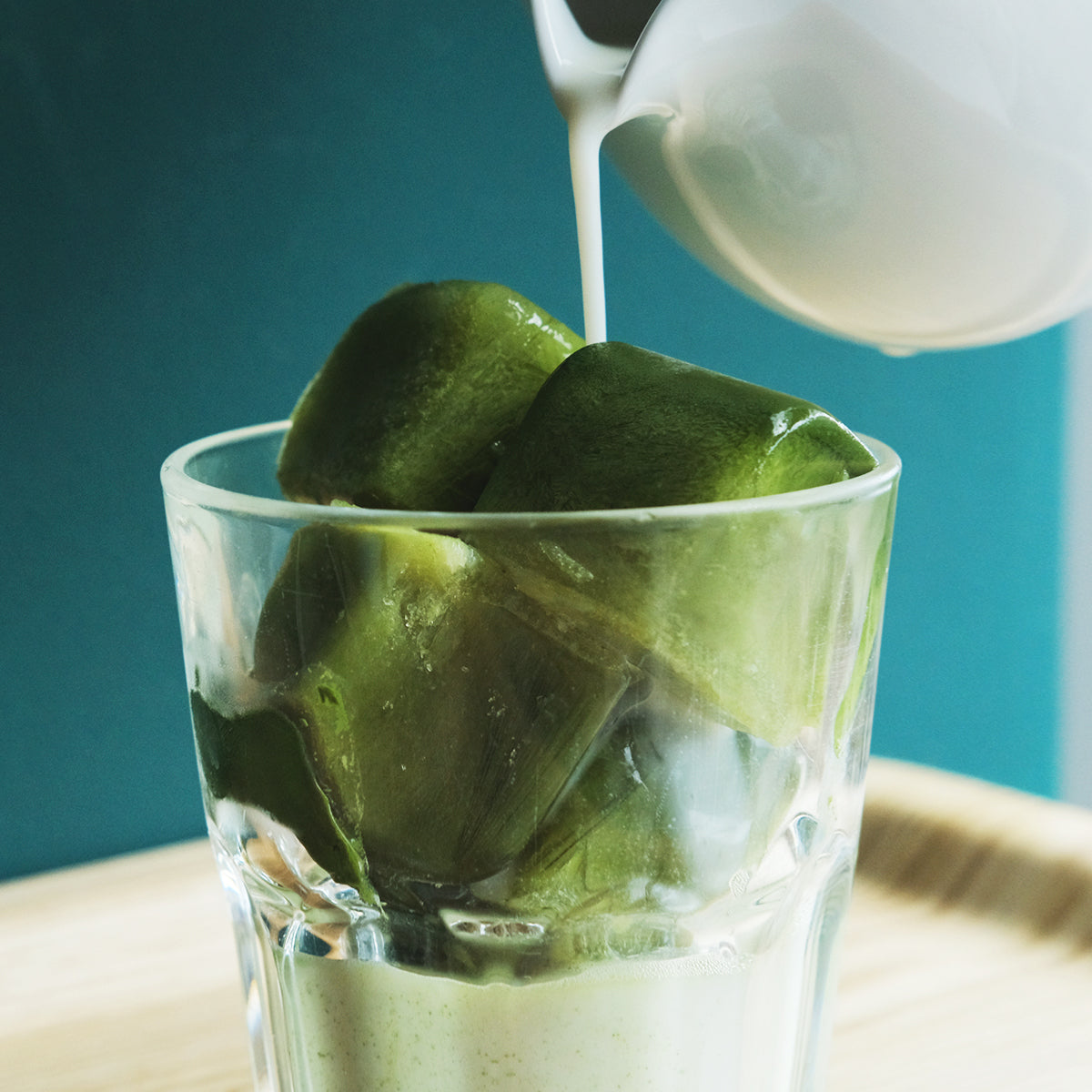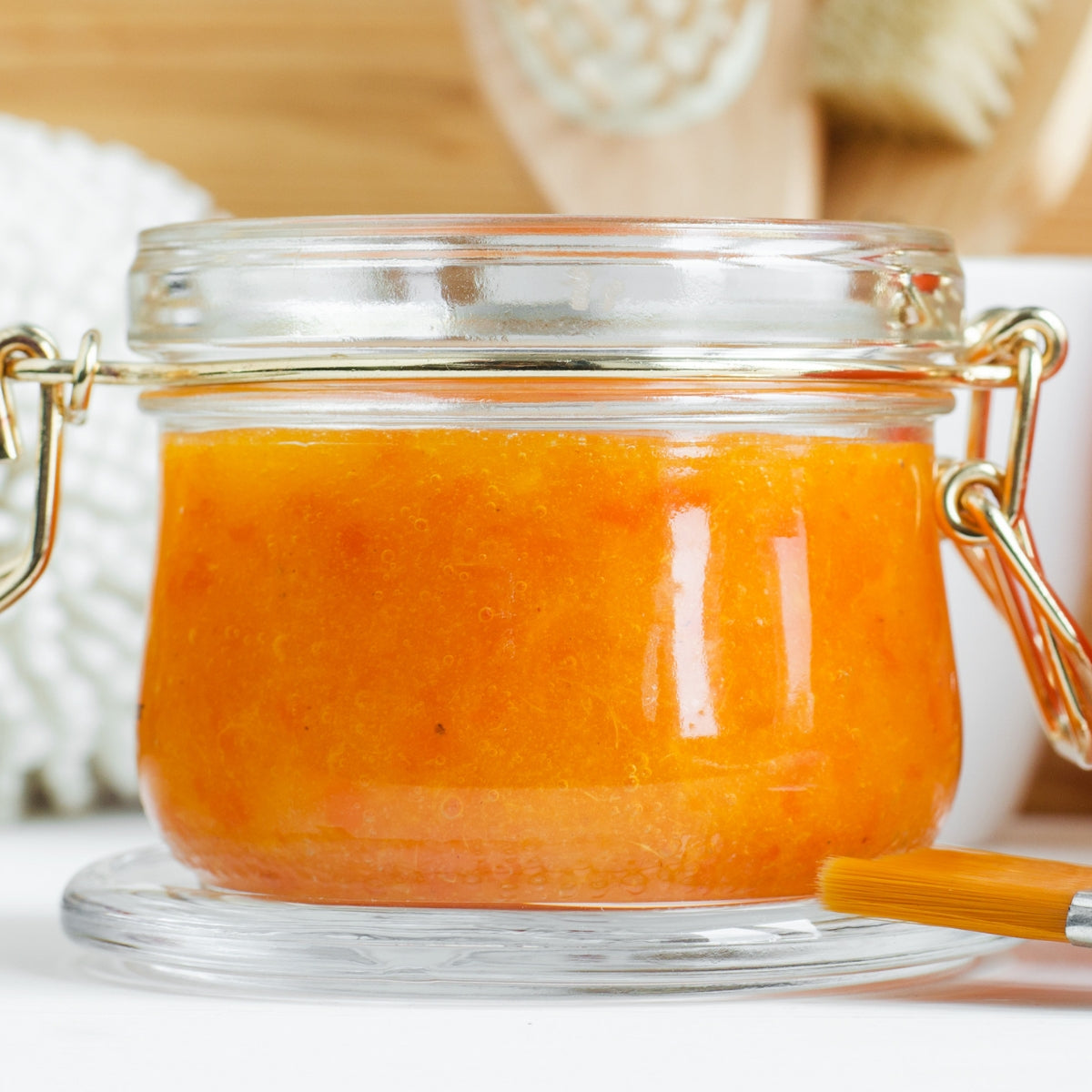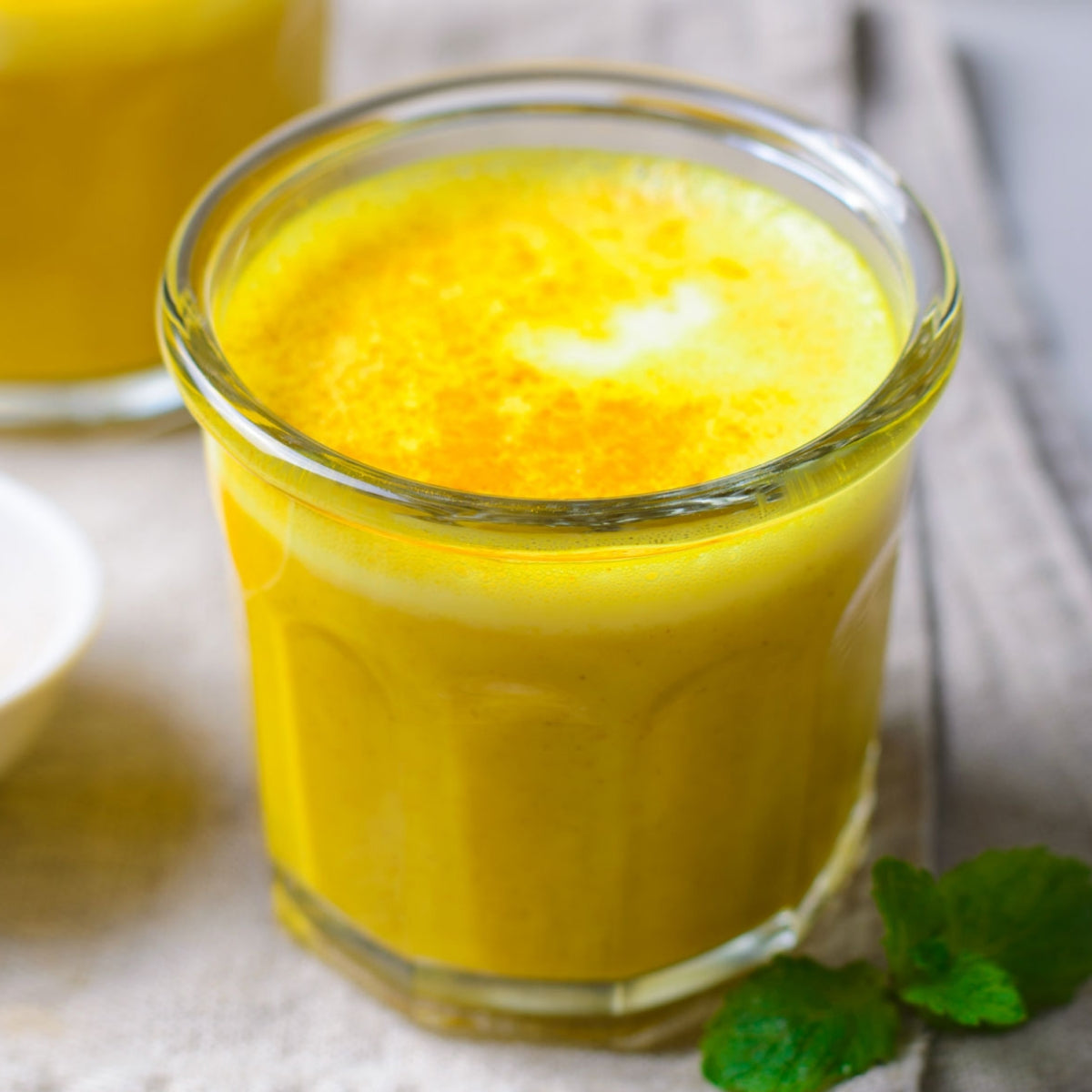What do Michael Phelps, Gwyneth Paltrow and a 4th century Taoist healer have in common? That’s right… “cupping”.
In this post we get to the bottom of this ancient healing practice by going directly to a seasoned Traditional Chinese Medicine (TCM) doctor, Dr. Wei K. Chao, to discover the truth:
- Is this treatment really safe
- How can it benefit you
- How to find a reputable TCM practitioner

Mr. Phelps shone a spotlight on cupping at Rio 2016, but to be fair to Gwyn, she did beat him to the punch a few years earlier. They both raised eyebrows due to the telltale round bruising on their skin, left behind temporarily after cupping treatment.
This highly effective healing practice is part of the vast Traditional Chinese Medicine (TCM) curriculum and has been utilized by TCM doctors for thousands of years.
Are you suffering from neck/back pain, lung and/or respiratory issues or problems related to circulation? This could be the answer you’ve been seeking.
Cupping could be the answer to you neck, back, head and shoulder pains or aches.
One of the earliest scholarly mentions of cupping were by Taoist herbalist Ge Hong in his work titled “A Handbook of Prescriptions for Emergencies” dated 300 AD. It’s really a time proven technique.
There have been many opinions on cupping throughout the media over recent months – on a scale from ‘it heals everything’ to ‘it’s dangerous’ – there is some confusion to say the least. We therefore went directly to an expert in Chinese Medicine, Dr. Wei K. Chao to get some real answers for you.
Dr. Chao has decades of experience under his belt of direct practice with patients – he is an experienced TCM practitioner, doctor of dental surgery and a qualified naturopath. He’s unique in that he utilizes modern medical diagnostic tools, acupuncture, TCM, Western nutrition and herbal supplementation, to effectively transform his patient’s wellbeing.
IS CUPPING FOR ME?
Cupping could be the answer to chronic aches and pains in your limbs, head, neck, shoulders and back. It has also been used to treat respiratory and lung conditions.
Dr. Chao explains, “Cupping is normally used for chronic ailments whereas other TCM treatments are more effective to treat acute conditions.”
Cupping is only one of the many therapeutic treatments within TCM – as are acupuncture, acupressure, moxibustion (burning of herbs above the skin to apply heat), gua sha (scraping bruises), tui na (healing massage), herbal supplementation, tai chi, qi gong, etc.
Therefore, if cupping is part of the overall picture – it doesn’t make sense to seek out a ‘cupping specialist’ or specific cupping treatment – this could potentially lead you into the dangerous hands of someone who doesn’t know what they are doing – so be careful. Cupping must be considered as a component of the overall treatment.
Dr. Chao emphasizes that “TCM treatments must be determined by an experienced and well trained practitioner; not by the patients.”
Cupping is powerful, but should only be done by a qualified TCM practitioner.
HOW & WHY DOES IT WORK?
Glass or bamboo suction cups are used to pull on the patient’s skin, tissue and muscle – stimulating natural healing by drawing out deep tissue injuries, fluid stagnation and the build up of toxins. Dr. Chao explains that this “increases blood flow, as well as other fluids (such as lymph and intracellular tissue fluids)”. It will also loosen tight muscles.
The cups can be statically placed along energy meridians (energy lines running throughout the whole body in accordance to TCM) and on or around painful/inflamed areas for about 10 minutes. They can also be dragged across the skin (called “gliding”) while suction is in action. It’s an interesting sensation and it should not be painful.
The purpose of placing the cups along the meridian channels is to ‘open’ them up and allow for better and free flowing Qi (life energy) throughout the body – into the tissues and organs – reviving them and helping them function more efficiently.
As well as back and neck pain mentioned earlier, cupping is also often used to relieve stiff muscles, anxiety, fatigue, migraines and even cellulite.
Cupping has been used historically to also relieve anxiety, fatigue, migraines and even cellulite.
IS CUPPING SAFE? ARE THERE ANY SIDE EFFECTS?
Dr. Chao assures us that “cupping is a safe and effective procedure when performed by a qualified and competent practitioner.” A failure to diagnose an underlying condition such as a broken bone, or even cancer, could make the condition worse with cupping. Dr. Chao goes on to warn, “If performed by an incompetent practitioner, problems such as echymosis, hematoma, infections, inflammation and blisters could occur.”
The clear message we’re getting is – yes this is a wonderful treatment but it’s important to have a qualified TCM practitioner.
Dr. Chao adds that “cupping is not recommended for patients with any dermatological conditions such as eczema, urticaria and rash.”
HOW LONG DOES THE BRUISING LAST?
Bruising is perfectly normal when it comes to cupping. The overall process is gentle and therefore these should not be painful bruises. They often disappear within 2-3 weeks depending on the individual.
HOW OFTEN SHOULD YOU UNDERGO CUPPING?
This really depends on your individual condition, your TCM doctor’s evaluation and their correct judgment. We asked Dr. Chao what his experience has been to which he responded that “usually cupping is done 1-2 times a month.”
ARE THERE DIFFERENT TYPES OF CUPPING?
There are many techniques under the umbrella term ‘cupping’ such as – weak/light/medium/strong, moving cupping, hot needle cupping, water cupping, empty cupping, bleeding cupping and herbal cupping.
As long as your TCM doctor is well qualified, they will decide which of these will be appropriate for you.
HOW DO YOU FIND A REPUTABLE TCM PRACTITIONER?
So TCM could be the long lost answer you’ve been seeking. But how do you go about finding the right doctor for you?
Dr. Chao’s advice is to contact your local Traditional Chinese Medicine Associations and/or Traditional Chinese Medicine teaching institution as a safe way to find a reputable TCM doctor.
Here are some useful links to get you going depending on where you are in the world:
- World Federation of Chinese Medicine Societies
- European Traditional Chinese Medicine Association
- American College of Traditional Chinese Medicine
- Chinese Medicine Board of Australia














